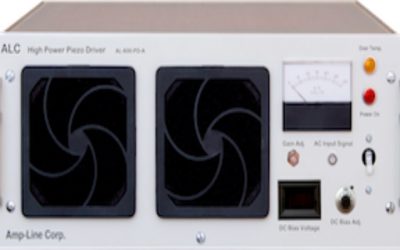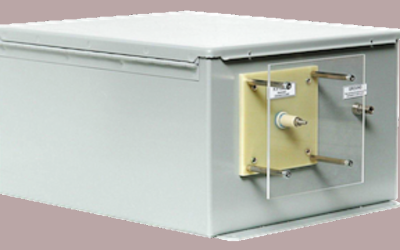As industries increasingly seek compact, efficient, high-performance transformers, understanding the working principles and applications of this technology becomes imperative. The demand for efficient power conversion has especially driven the popularity of high frequency transformers. In this article, we explore the working principle and applications of a high frequency transformer technology.
Understanding the Working Principle of High Frequency Transformers
High frequency transformers consist of two main parts: the primary coil and the secondary coil. The part of the winding that connects to the power supply is the primary coil, while the additional windings are the secondary coils.
Ideally, high frequency transformers function through electromagnetic induction. Alternating currents in the primary coil produce fluctuating magnetic fields, inducing a voltage in the secondary coil through mutual inductance.
Unlike conventional transformers, they operate at frequencies exceeding 50/60 Hz, facilitating smaller sizes and higher efficiencies. Core materials with low magnetic losses, like ferrites, enhance performance.
High frequency transformers are vital in electronics for power conversion, such as in switch-mode power supplies and radio frequency applications. Their compactness and ability to handle high frequencies make them essential components in modern electronic devices, facilitating efficient energy transfer and signal isolation.
Applications of High Frequency Transformers
High frequency transformers find widespread use in industries ranging from telecommunications and power electronics to renewable energy systems and medical devices. The technology is crucial in voltage regulation, isolation, and signal transmission. Their compact size and high efficiency make them particularly well-suited for critical space and energy efficiency applications.
Embrace the Power of High Frequency Transformers Today!
High frequency transformers are critical components in modern electronics, enabling the efficient transmission and regulation of power and signals. As demand for smaller, more efficient devices grows, the importance of a high frequency transformer will only continue to increase. Whether in electronics, telecommunications, or power systems, their compact efficiency revolutionizes industries. Embrace this transformative technology today for enhanced performance and sustainability in your projects. For more details, visit Amp-Line Corp.

